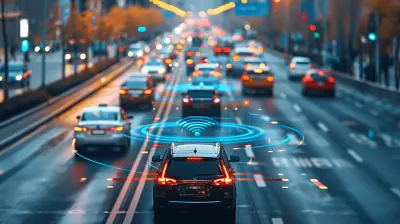Big Data in Agriculture: Feeding the World Smarter
2 October 2025
In a world where the population keeps increasing and natural resources remain finite, we’re faced with one critical question: How do we feed more people using the same amount of land and water? The answer isn't more farms or more tractors. It’s big data. You might not immediately think of farms and data analytics in the same sentence, but the two are becoming inseparable. Big data in agriculture is revolutionizing the way we grow food, making farming smarter, more efficient, and sustainable.
Let’s dig deep into how big data is transforming agriculture, helping farmers grow more food with fewer resources, and why this matters for all of us.
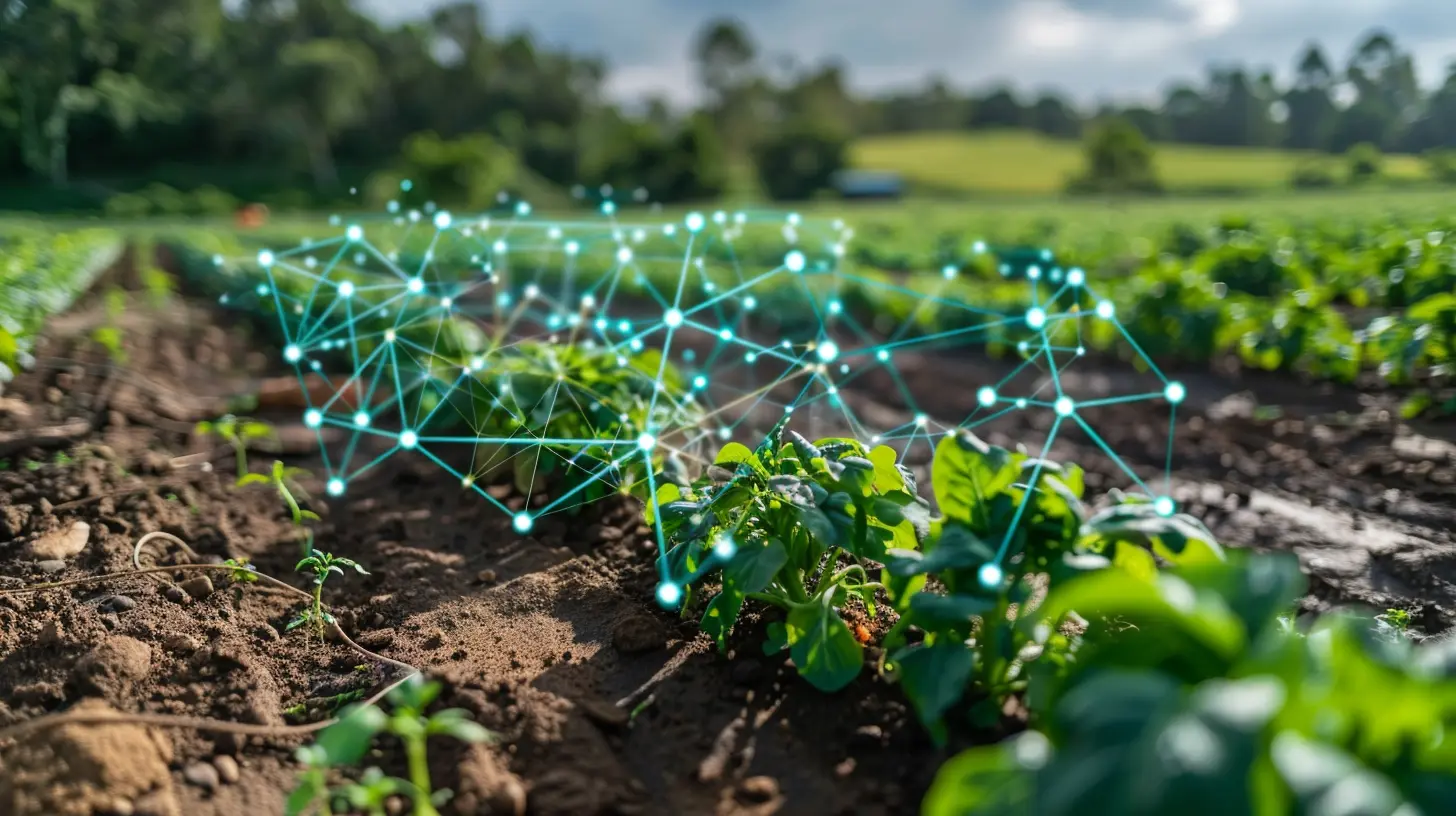
What Is Big Data in Agriculture?
Before we dive into the details, let's break down what "big data" actually means. In simple terms, big data refers to massive sets of data that are collected, analyzed, and interpreted to reveal patterns, trends, and associations. When applied to agriculture, this means collecting data from various sources—satellite images, weather stations, soil sensors, crop yields, and even drones—then using that data to make smarter farming decisions.Think of it like this: Traditional farming is like flying a plane without radar. Farmers have to rely on their knowledge and gut feelings to make decisions. But with big data, farmers now have a control tower guiding them, ensuring they make the best decisions based on real-time information.
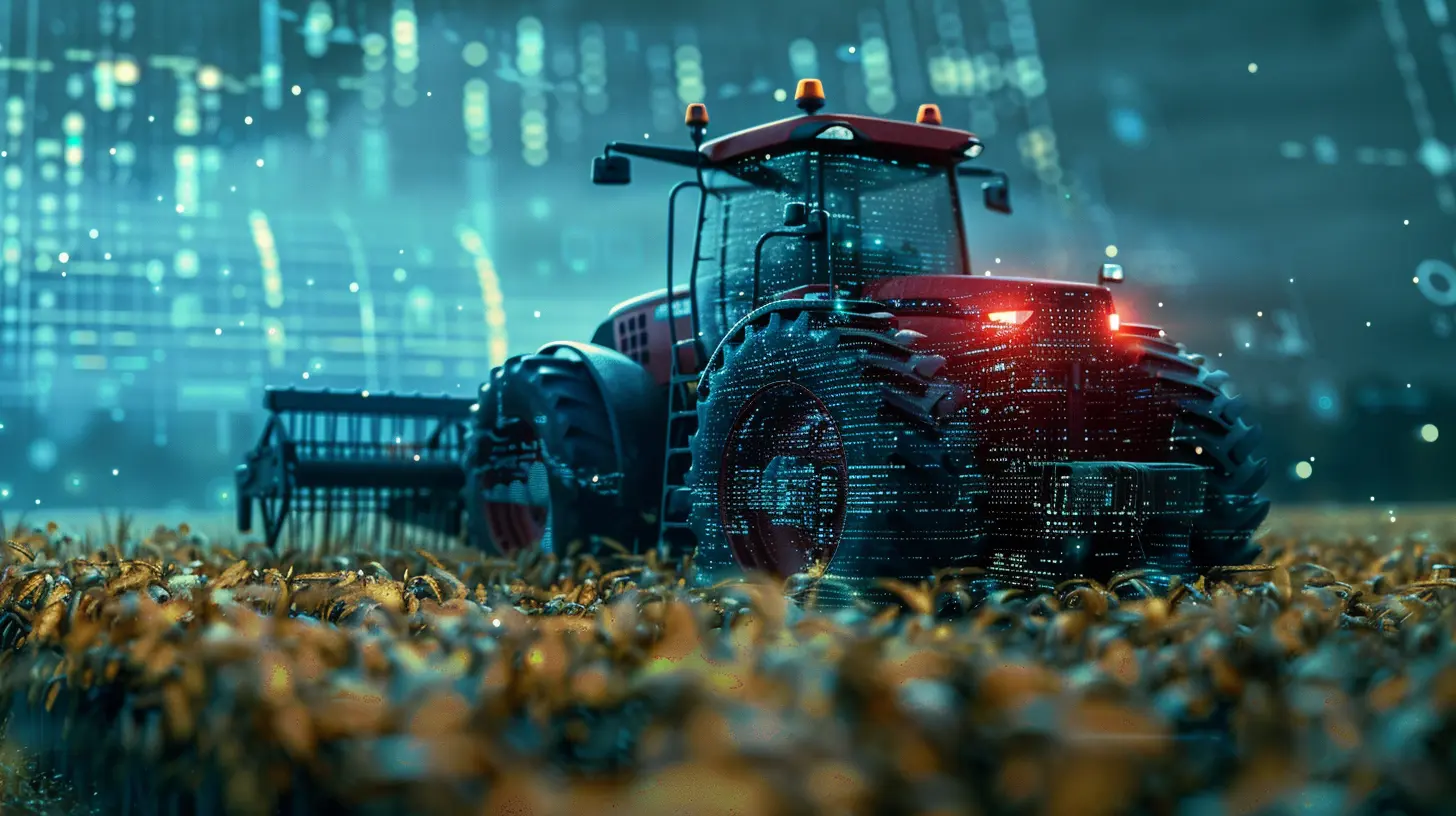
The Growing Need for Smarter Farming
The global population is expected to hit 9.7 billion by 2050. That’s a lot of mouths to feed, and traditional farming methods just won’t cut it. On top of that, climate change is throwing a wrench into the whole system—extreme weather, unpredictable rainfall, and rising temperatures are making farming even more challenging.But here's where it gets interesting. While the challenges are great, the potential for big data to change the game is even greater. By harnessing the power of data, we can improve crop yields, reduce waste, and use resources like water and fertilizer more efficiently.
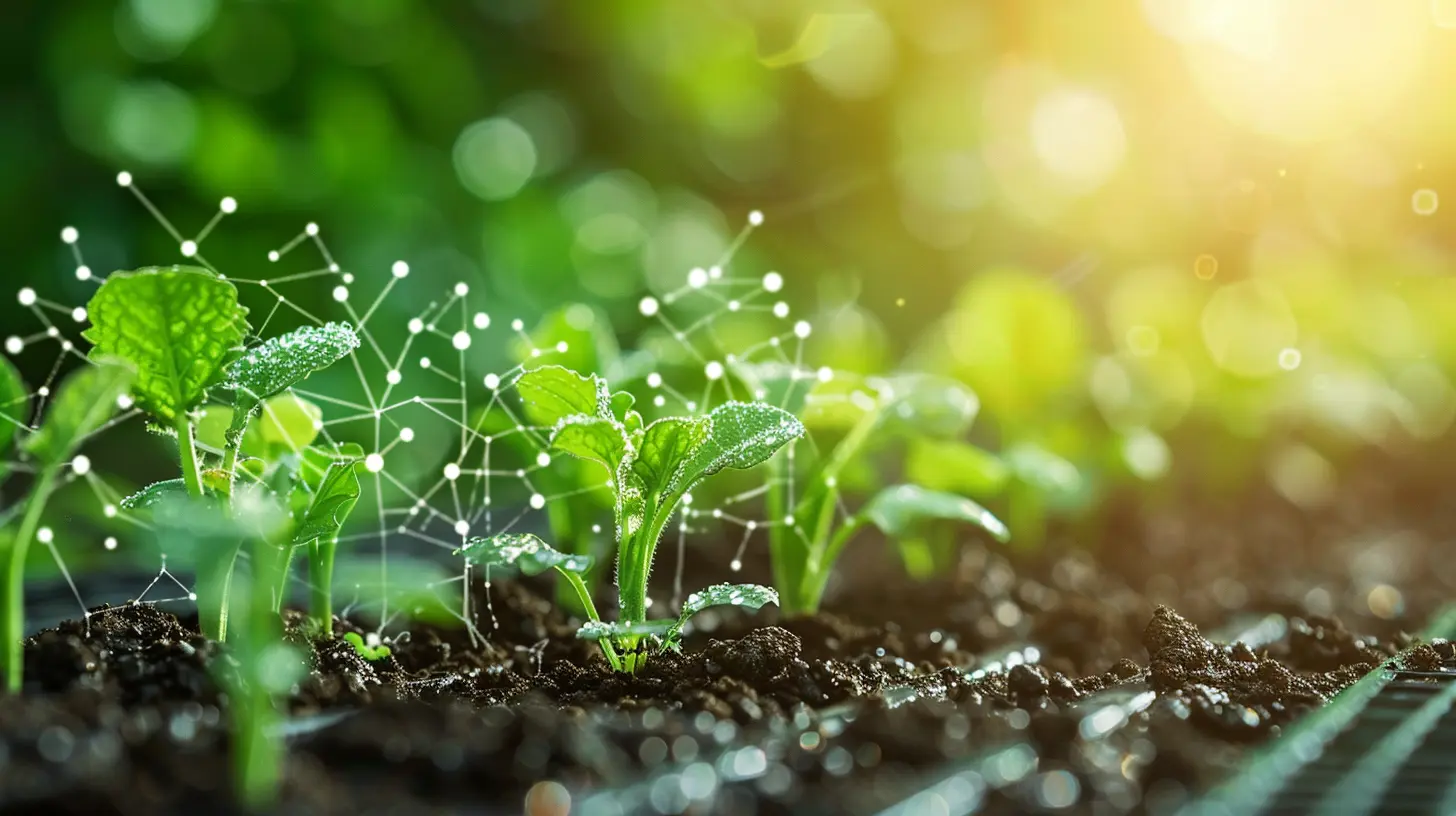
How Big Data is Changing Agriculture
1. Precision Agriculture: Farming with Pinpoint Accuracy
Farming used to be about intuition and experience. Now, thanks to big data, it’s about precision. This is where the idea of precision agriculture comes in—a farming management concept that uses data to ensure crops and soil receive exactly what they need for optimum health and productivity.For example, soil sensors can measure moisture levels and nutrient content, helping farmers decide exactly how much water and fertilizer each part of the field needs. No more guessing, no more overwatering or over-fertilizing—a common problem in traditional farming. It's like tailoring a suit, but instead of fabric, you're customizing care for every inch of your land.
2. Weather Forecasting: Farming in Sync with Nature
Weather is one of the biggest wild cards in agriculture. One unexpected storm or drought can ruin an entire season’s worth of work. But with big data, farmers can use predictive analytics to better understand weather patterns and prepare accordingly.By analyzing historical weather data along with real-time conditions from satellites and weather stations, big data models can predict rainfall, frost, and temperature changes. This helps farmers make informed decisions about when to plant, irrigate, or harvest—timing that can significantly impact crop yields.
3. Crop Health Monitoring: Keeping an Eye on the Fields
Gone are the days when a farmer had to walk through acres of crops just to check for signs of disease or pests. With remote sensing technology and drones, farmers can now monitor crop health from the sky.Drones equipped with multispectral cameras can detect issues like poor plant health or pest infestations before they’re visible to the naked eye. These drones gather data and provide farmers with detailed maps of their fields, identifying areas that need attention. This real-time monitoring allows for quick interventions, reducing crop losses and improving overall yield.
4. Smart Irrigation: Watering Wisely
Water is one of the most precious resources in agriculture, and managing it efficiently is crucial. Big data is helping farmers optimize irrigation systems by combining weather forecasts, soil moisture levels, and crop water needs.With this information, farmers can develop precise irrigation schedules, ensuring crops receive the right amount of water at the right time. This not only conserves water but also helps prevent issues like waterlogging or drought stress, which can damage crops.
5. Supply Chain Optimization: From Farm to Table
Big data doesn’t stop at the farm. It also plays a crucial role in optimizing the entire agricultural supply chain. By analyzing data at multiple points—from harvesting and storage to transportation and distribution—farmers and suppliers can minimize waste and improve efficiency.For instance, big data can help predict demand for certain crops, ensuring that farmers grow the right amount of produce to meet market needs. It can also track the freshness of produce during transportation, ensuring that food reaches consumers in the best possible condition.
6. Predictive Analytics: Planning for the Future
Farming is often seen as unpredictable, but big data is turning that idea on its head. With predictive analytics, farmers can make decisions based not just on current conditions, but also on future trends.By analyzing historical data along with real-time information, predictive models can forecast everything from crop yields to market prices. This allows farmers to make more informed decisions about what to plant, when to harvest, and how to allocate resources effectively.
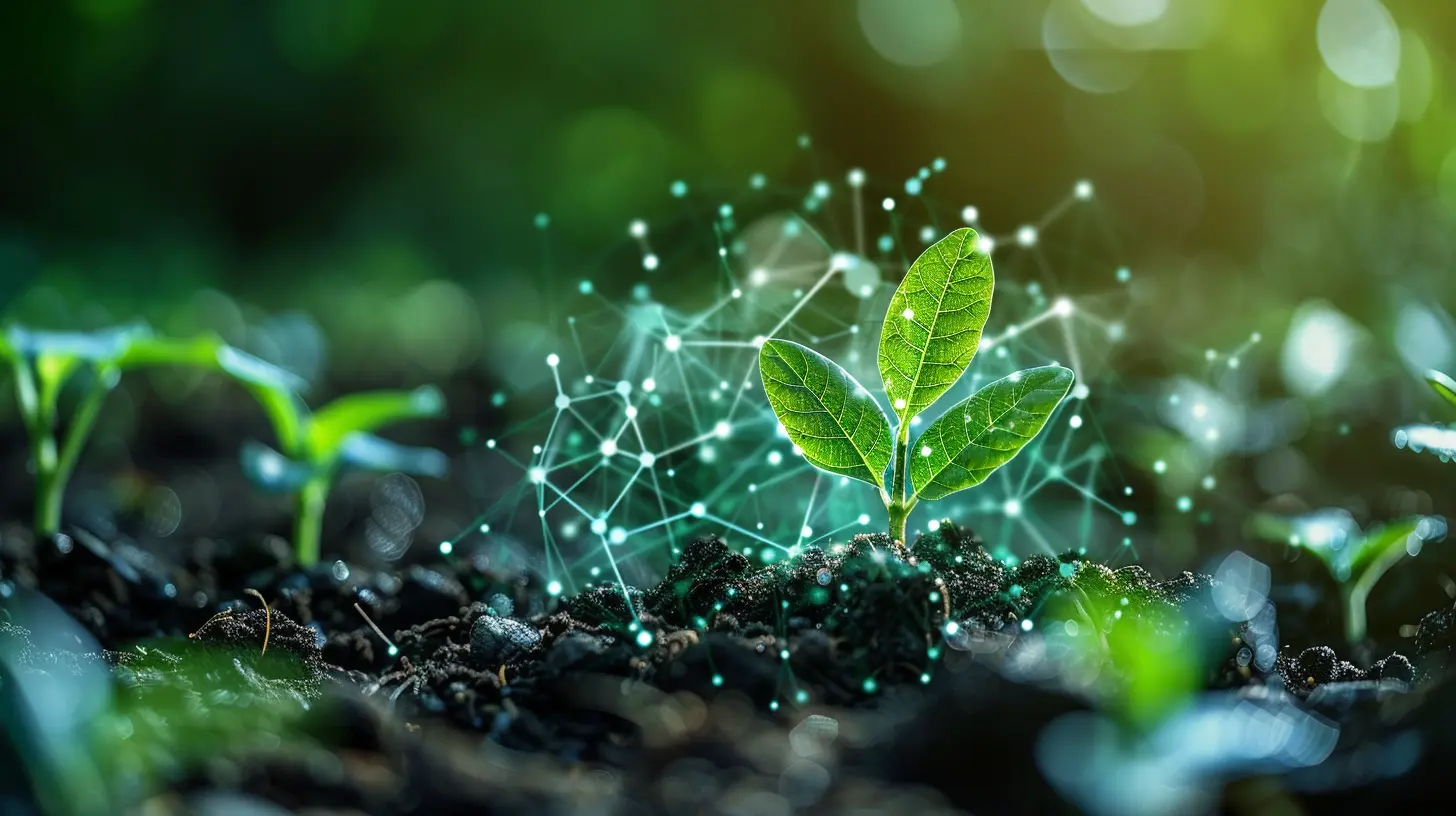
The Benefits of Big Data in Agriculture
1. Increased Efficiency
Big data helps farmers make better use of their resources—whether it’s water, fertilizer, or labor. By analyzing data, farmers can identify areas where they’re overusing or underusing resources, leading to more efficient farming practices.2. Higher Yields
By providing real-time insights into crop health, soil conditions, and weather patterns, big data helps farmers maximize their yields. This means more food from the same amount of land, which is essential as the world’s population continues to grow.3. Reduced Environmental Impact
Overuse of water, pesticides, and fertilizers can have a devastating impact on the environment. Big data helps farmers reduce their reliance on these inputs by ensuring they’re only used when absolutely necessary. This leads to more sustainable farming practices that are better for the planet.4. Better Decision-Making
With access to real-time data, farmers can make more informed decisions about when to plant, irrigate, or harvest. This reduces the guesswork and allows for smarter, more data-driven farming practices.Challenges in Implementing Big Data in Agriculture
Of course, like any technology, big data isn’t without its challenges. For many small-scale farmers, the cost of implementing big data solutions can be prohibitively high. Additionally, there’s the issue of data privacy. With so much data being collected—often by third-party companies—farmers are understandably concerned about who owns that data and how it’s being used.Another challenge is the digital divide. Not all farmers have access to high-speed internet or the latest technology, which can make it difficult to take advantage of big data solutions. Bridging this gap will be crucial for ensuring that all farmers, regardless of location or size, can benefit from the power of big data.
The Future of Big Data in Agriculture
We’re only scratching the surface of what big data can do for agriculture. As technology continues to advance, we can expect even more innovative solutions that will help farmers grow more food with fewer resources. Artificial intelligence (AI) and machine learning will likely play a bigger role in analyzing data and making predictions, while blockchain technology could help create more transparent and efficient supply chains.In the future, we might even see fully automated farms, where drones, sensors, and robots work together to monitor and cultivate crops with minimal human intervention. It sounds like science fiction, but it’s closer than you might think.
Conclusion
Big data is more than just a buzzword—it’s a game-changer for agriculture. By harnessing the power of data, we can grow more food, use fewer resources, and make farming more sustainable. In a world where feeding the growing population is one of our biggest challenges, big data is providing the tools we need to do it smarter.So, the next time you sit down for a meal, take a moment to appreciate the technology that’s helping to put food on your table. Because, whether we realize it or not, big data is already feeding the world.
all images in this post were generated using AI tools
Category:
Big DataAuthor:

John Peterson
Discussion
rate this article
1 comments
Jasmine McBride
Transforming agriculture: data-driven efficiency essential.
October 3, 2025 at 2:26 AM

John Peterson
Absolutely! Data-driven efficiency is key to optimizing agricultural practices and ensuring food security for the future.
